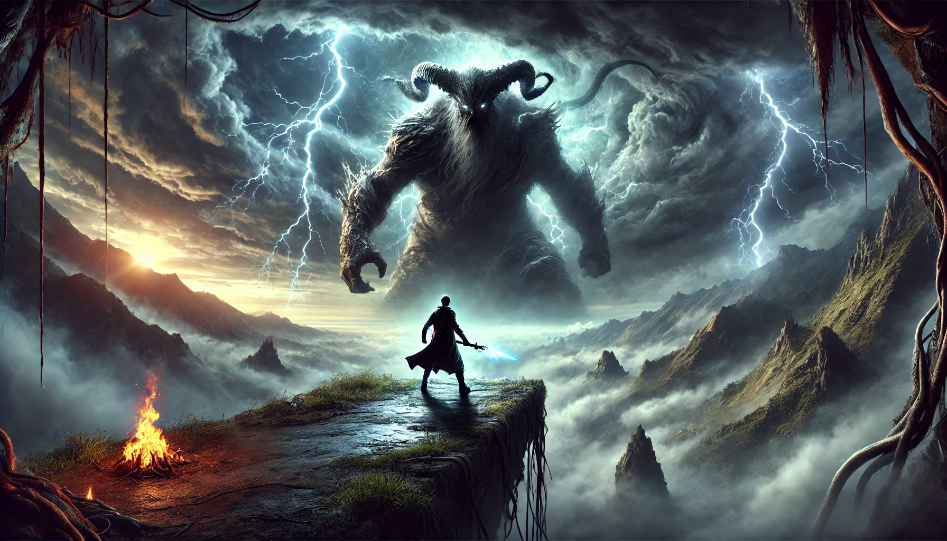Understanding the Climax in a Story: The Heart of Narrative Tension
-
Richard Pen
| Thursday 1st of August 2024 02:39:08 AM (UTC)

The climax is the pivotal point in a story where the main conflict reaches its highest intensity. This critical moment is where the protagonist faces the ultimate challenge, and the story's tension is at its peak. Understanding the climax's role in storytelling is essential for writers and readers alike, as it is the heart of narrative tension that keeps audiences engaged.
What is the Climax in a Story?
In literary terms, the climax is the moment in a narrative when the conflict reaches its most intense point and the protagonist confronts the main obstacle. It is the turning point that determines the direction of the plot and the eventual resolution. This moment is crucial because it evokes the strongest emotional response from the audience, often leading to a cathartic experience.
For a deeper understanding of the climax in literature, you can explore comprehensive definitions and examples at Climax in Literature | Definition & Examples.
Characteristics of a Compelling Climax
A well-crafted climax has several key characteristics that make it compelling:
- High Stakes: The protagonist must face significant consequences, which heighten the tension and emotional impact.
- Intense Conflict: The central conflict reaches its peak, and the protagonist must make critical decisions or take decisive actions.
- Emotional Engagement: The climax should evoke strong emotions, such as fear, excitement, or relief, drawing the audience deeper into the story.
- Turning Point: This moment changes the direction of the plot, leading to the resolution of the story.
Examples of Climactic Moments
To illustrate the concept of the climax, consider these famous examples from literature:
- Harry Potter and the Deathly Hallows: The final battle between Harry Potter and Voldemort is the climax of the series. The stakes are life and death, and the outcome determines the fate of the wizarding world.
- The Great Gatsby: The confrontation between Gatsby, Tom, and Daisy in the Plaza Hotel is the story's climax. It reveals the true nature of the characters and sets the stage for the tragic resolution.
Crafting an Effective Climax
Creating an effective climax involves careful planning and a deep understanding of your story's structure. Here are some tips for writers:
- Build Tension Gradually: Develop your plot so that the tension increases steadily, leading to the climax.
- Develop Characters Fully: Ensure your characters are well-developed so that their actions during the climax are believable and impactful.
- Raise the Stakes: Make sure the consequences of the climax are significant enough to engage the audience emotionally.
The Climax's Role in Storytelling
The climax is not just a random high point in a story; it is a carefully constructed moment that serves a specific purpose in storytelling. It brings together the themes, character development, and plot threads, providing a satisfying conclusion to the narrative arc.
For insights into how timeless wisdom can guide modern challenges, you might find the article Timeless Wisdom: Elderly Advice for Modern Challenges particularly enlightening.
Conclusion
The climax is the cornerstone of any compelling narrative. It is the moment when everything comes to a head, and the protagonist must confront their greatest challenge. By understanding and crafting this crucial part of the story, writers can create unforgettable and emotionally resonant narratives that captivate their audience.
For more detailed exploration and examples of climaxes in literature, visit Climax in Literature | Definition & Examples.
Start the conversation
Become a member of TxtTale to start commenting.
Already a member?
